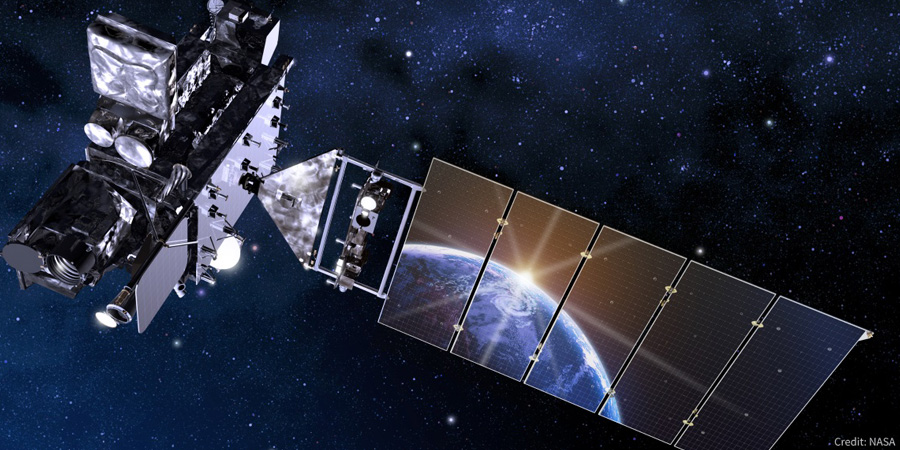Welcome GOES-16!
Monday, 9 December 2019 21:40 UTC

Sharp eyes might have noticed a very abrupt drop on the solar X-rays graph today. What happened to the Sun? It went into cardiac arrest? Nope. Today, December 9, the NOAA SWPC has switched to GOES-16 as the primary satellite for geostationary space weather observations. What does that mean? Keep on reading!
Last up we have the The Extreme Ultraviolet and X-ray Irradiance Sensors (EXIS) which monitor the Sun's X-ray output or should I say it measures how angry the Sun is on a scale from A to X. These new sensors are much more sensitive and accurate that is why we saw the sudden drop on the X-ray charts when the NOAA SWPC switched from GOES 15 to GOES 16 as the primary satellite for geostationary space weather observations. Indeed, there is nothing wrong with the data, the data is just much more accurate especially during quiet solar conditions. More info can be found in this document.
We are not sure what will happen to GOES 13, 14 and 15... in their original post they were talking about putting those satellites in storage but that message has since been removed from the NOAA SWPC website. I assume for the time being that GOES 16 will remain the primary satellite for geostationary space weather observations and GOES 15 will continue its journey as the the secondary satellite for geostationary space weather observations for the time being.
Anyway, welcome to the toolbox GOES-16! We cant wait to use your data when Solar Cycle 25 kicks of! Space weather wise we are at a proper snooze fest at the moment. I thought about writing a few sentences about the current conditions but there is really nothing to write about. Lets hope Solar Cycle 25 kicks of soon. That should say it all.
Thank you for reading this article! Did you have any trouble with the technical terms used in this article? Our help section is the place to be where you can find in-depth articles, a FAQ and a list with common abbreviations. Still puzzled? Just post on our forum where we will help you the best we can!
Latest news
Latest forum messages
Support SpaceWeatherLive.com!
A lot of people come to SpaceWeatherLive to follow the Sun's activity or if there is aurora to be seen, but with more traffic comes higher server costs. Consider a donation if you enjoy SpaceWeatherLive so we can keep the website online!

Space weather facts
| Last X-flare | 2024/03/28 | X1.1 |
| Last M-flare | 2024/04/19 | M2.1 |
| Last geomagnetic storm | 2024/04/16 | Kp5 (G1) |
| Spotless days | |
|---|---|
| Last spotless day | 2022/06/08 |
| Monthly mean Sunspot Number | |
|---|---|
| March 2024 | 104.9 -19.8 |


